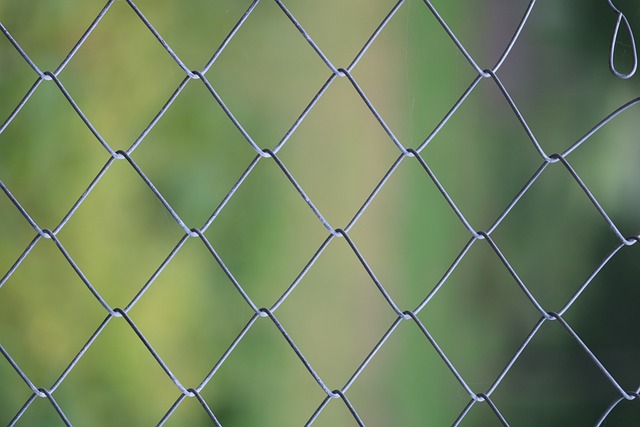In New Bedford, your fence is not just a boundary but an essential part of your home’s curb appeal and security. However, it often faces various issues due to weather, age, or poor installation. To ensure your fence stands strong and looks its best, this comprehensive guide addresses everything from identifying common problems specific to New Bedford’s climate and terrain, selecting the ideal materials, mastering installation techniques, to expert advice on repair and maintenance, empowering you to make informed decisions for your fence project.
- Understanding Common Fence Issues in New Bedford
- Choosing the Right Fence Materials for Your Home
- Step-by-Step Guide to Installing a New Fence
- Expert Tips for Effective Fence Repair and Maintenance
Understanding Common Fence Issues in New Bedford
Fences in New Bedford, like anywhere, face a variety of challenges due to weather conditions, age, and environmental factors. One of the most common issues is rot, particularly in areas with high moisture levels. This can weaken the structural integrity of the fence, making it unsafe and unsightly. Another frequent problem is damaged or missing pickets, which not only affect the overall aesthetics but also compromise the security of the fence. Weeds and invasive plants also tend to find their way through cracks, requiring regular maintenance and treatment. Additionally, storms and strong winds can cause significant damage, particularly to older fences that might be lacking adequate reinforcement. Understanding these common issues is the first step in ensuring effective fence repair and installation.
Choosing the Right Fence Materials for Your Home
When considering fence repair or installation, selecting the right materials is a crucial step in ensuring your investment lasts and enhances your home’s curb appeal. The market offers a wide array of options, from traditional wood to modern vinyl and even durable composite materials. Each material has its unique characteristics, benefits, and drawbacks. For instance, wood fences are aesthetically pleasing and offer natural beauty, but they require regular maintenance like staining or sealing to protect against the elements.
On the other hand, vinyl fences are low-maintenance, durable, and can mimic the look of wood without the upkeep. They are a popular choice for homeowners seeking consistency in appearance over time. Composite materials, a blend of plastic and wood fibers, offer long-lasting performance, resistance to rot and pests, and various color options. This versatile option is an excellent pick for those who want a low-maintenance fence that complements their home’s architecture.
Step-by-Step Guide to Installing a New Fence
Installing a new fence can be a rewarding DIY project, enhancing your outdoor space and providing security. Here’s a straightforward guide to help you through the process:
1. Plan and Measure: Start by assessing your yard and deciding on the type of fence best suited for your needs. Measure the perimeter carefully, noting any obstacles like trees or existing structures. Create a detailed plan outlining the fence’s design, height, and material. This step ensures your project aligns with local regulations and fits seamlessly into your landscape.
2. Prepare the Ground: Clear the area where the fence will be installed. Remove any weeds, grass, or debris. If there are existing fences, dismantle them carefully. Prepare the ground by leveling it if necessary, ensuring a solid foundation for your new fence. Dig post holes of the recommended depth and width to accommodate the fence posts.
Expert Tips for Effective Fence Repair and Maintenance
When it comes to fence repair and maintenance, a bit of proactive care can go a long way in extending the life of your investment. Start by regularly inspecting your fence for any signs of damage or wear, such as loose pickets, warped posts, or rusted hardware. Addressing these issues promptly will prevent small problems from escalating into major repairs.
Consider seasonal adjustments; extreme weather conditions can take a toll on fences. Snow and ice can cause pressure that leads to post heave, while strong winds and storms may damage panels or gates. Regular cleaning with a soft brush and mild detergent removes dirt and grime buildup, which can weaken paint or coatings. Keep an eye out for pests like termites or wood-boring beetles, as they can significantly compromise structural integrity. Schedule professional inspections annually to catch any potential issues early on.
